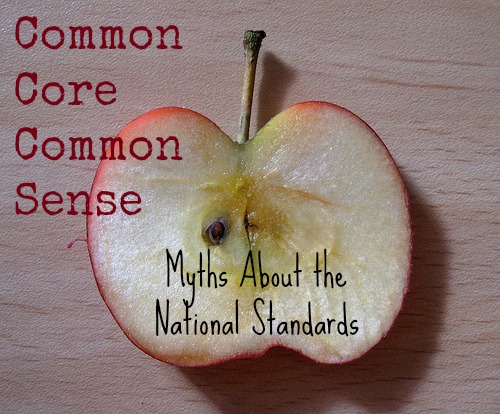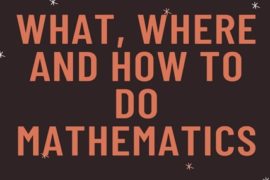In recent months, there’s been a tremendous amount of buzz regarding an educational change called Common Core. And a ton of that buzz perpetuates down-right false information. There’s so much to say about this that I’ve developed a five-part series debunking these myths — or outright lies, if you’re being cynical. This is the fourth in that series (read Myth 1, Myth 2 and Myth 3), which will continue on Wednesdays throughout August and into September. Of course, I’ll be writing from a math perspective. Photo Credit: Watt_Dabney via Compfight cc
Myth #4: The Standards Require More Testing
Perhaps the most controversial aspect of the U.S. education system is standardized testing. And for good reason. There are a myriad of problems with these tests–from their links to private companies to their use as teacher evaluation tools.
While I’ve said from the start that it’s not fair to judge the Common Core Standards based on their implementation in individual states, it’s also not fair to pretend that the standards and testing don’t go hand in hand. States aren’t abandoning standardized testing any time soon, so don’t hold your breath.
But what we do know for certain that the adoption of Common Core Standards does not mean more testing–in the long run. In fact, there is no testing requirement inherent in the adoption of Common Core. None!
However, as states move from previous standards to Common Core, there will be some changes in testing. First, student may take two sets of standardized tests–at first. In these situations, one test is the one aligned with the state’s previous standards. And students may take practice tests, based on the Common Core Standards. Usually this translates to more testing during one school year, with only one test score used for student placement or teacher and school evaluations.
Because the Common Core Standards focus on critical thinking, Common Core-aligned tests will probably look a little different than the all-multiple choice tests that we’re all used to. Students are required to show their work and may even be asked to explain how they came to their answers. Here’s a two-part example, which corresponds with the third grade math standards:
A. Fill in the blanks below to make a number sentence that represents the drawing:
________ x ________ = ________
B. Put the dots below into five equally sized groups and write an equation that represents the drawing.
• • • • • • • • • • • • • • • • • •
Answers:
A. 4 x 6 = 24 or 6 x 4 = 24 or 8 x 3 = 24 or 3 x 8 = 24, etc.
B. • • • • • • • • • • • • • • • • • •
3 x 5 = 15 or 5 x 3 = 15 or 15 ÷ 3 = 5 or 15 ÷ 5 = 3
There’s something going in the above problems that’s difficult (or impossible) to measure with multiple choice questions. First, students are asked to draw as a way of problem solving. Second, there are multiple correct answers.
(Psst. Want to test your third grade or fifth grade math skills? Take one of the Math for Grownups math quizzes. No one has to know your score. Promise!)
So while Common Core does not eliminate testing or prevent test results from being used inappropriately, if the tests are well constructed–and dang, that’s a big if–students have a much better opportunity to demonstrate critical thinking and the open-ended nature of mathematics. That’s not more testing, that’s better testing.
Got a question about the Common Core Standards for Mathematics? Please ask! Disagree with my assessment above? Share it! And if you missed Myth #1, Myth #2 or Myth #3, you can find the here, here and here.









Comments are closed.